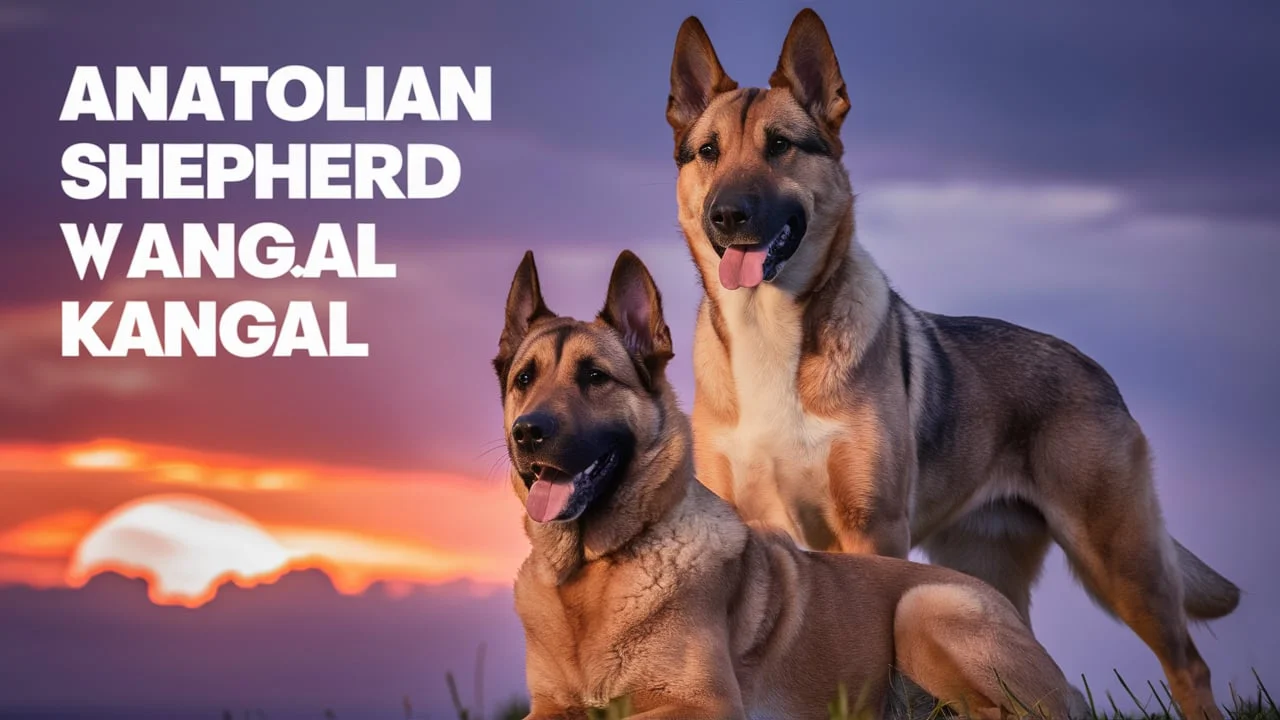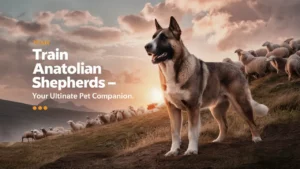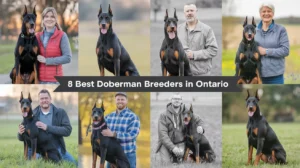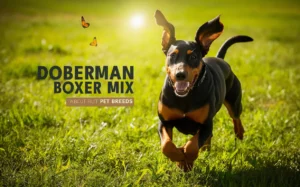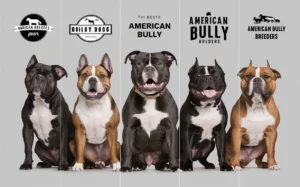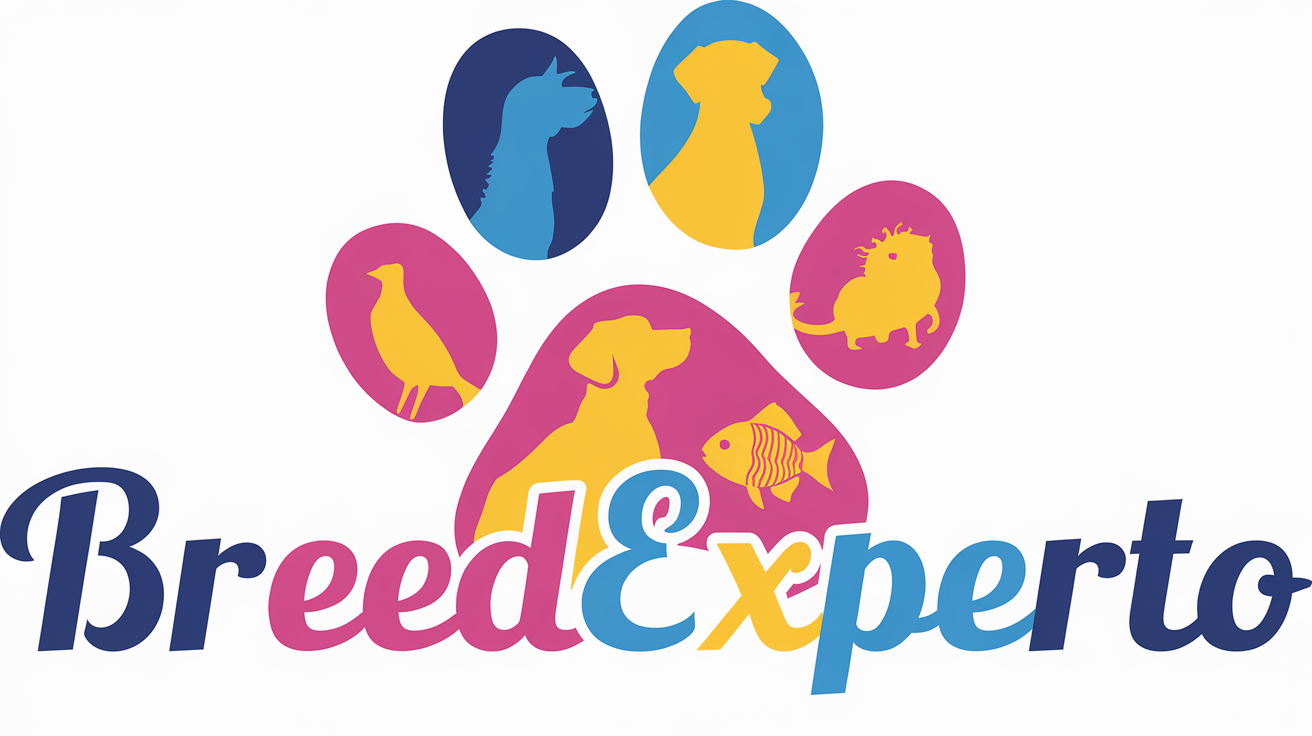When it comes to choosing a large, strong, and protective dog breed, both the Anatolian Shepherd and Kangal often come into consideration.
These two Turkish breeds are frequently confused, and many people believe they are the same dog.
While they do share similarities, there are significant differences between the two, from their histories and physical characteristics to their temperaments and guarding abilities.
In this post, we’ll delve into the fascinating world of these two breeds, uncovering the truth about their origins, differences, and which one might be the best fit for you.
Anatolian Shepherd vs Kangal: Quick Breed Comparison
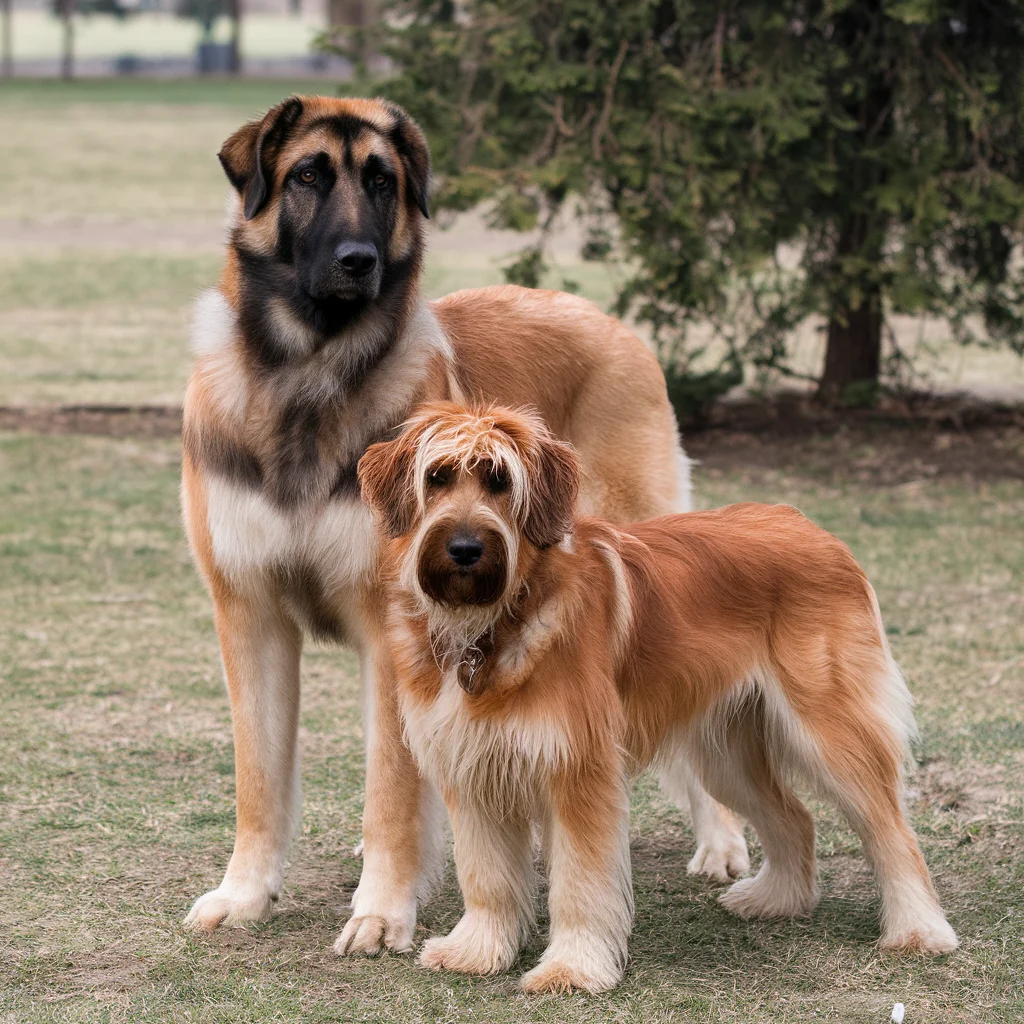
To give you a quick overview, here is a side-by-side comparison of key facts about the Anatolian Shepherd and Kangal:
| Trait | Anatolian Shepherd | Kangal |
| Origin | Turkey (various regions) | Sivas Region, Turkey |
| Size | 27-31 inches (males) | 28-34 inches (males) |
| Weight | 90-150 lbs | 100-145 lbs |
| Coat Type | Short to medium, thick | Short, dense |
| Color | Wide variety | Typically fawn with a black mask |
| Temperament | Protective, independent | Calm, confident, loyal |
| Bite Force | 700 PSI | 743 PSI |
| Lifespan | 11-13 years | 12-15 years |
| Common Health Issues | Hip dysplasia, hypothyroidism | Hip dysplasia, entropion |
| Exercise Needs | Moderate to high | High |
Now, let’s break down these differences in greater detail.
Are Anatolian Shepherds and Kangals the Same Breed?
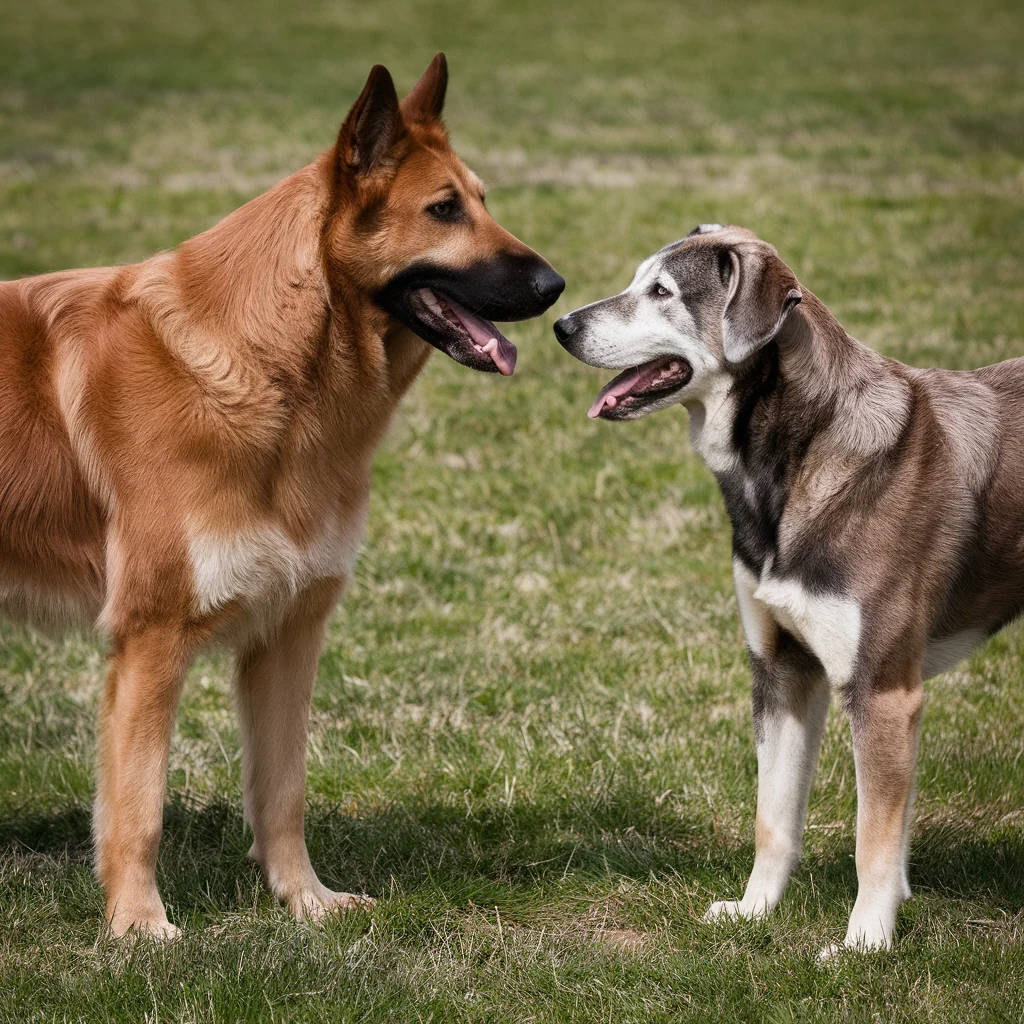
One of the biggest points of confusion when discussing these two breeds is whether or not they are the same. The answer is no, although they are related.
Both the Anatolian Shepherd and Kangal originate from Turkey and share a common purpose: guarding livestock against predators such as wolves and bears.
The Kangal is recognized as a distinct breed, particularly in Turkey, where it hails from the Sivas region. It is even considered the national dog of Turkey.
The Anatolian Shepherd, on the other hand, is more of an umbrella term used in the West, particularly in the United States, to refer to a range of Turkish livestock guardian dogs, which may include the Kangal or other regional dogs.
Fun Fact: The Kangal is often thought to be the “pure” version of Turkey’s livestock guardians, whereas the Anatolian Shepherd is considered a broader, less specific breed category.
Breed Histories and Origins
Anatolian Shepherd History
The Anatolian Shepherd has ancient roots that trace back over 6,000 years. These dogs were bred by nomadic tribes to guard livestock, especially sheep and goats, from predators in the rugged and vast terrain of Turkey.
Unlike the Kangal, which has a more centralized history, the Anatolian Shepherd was influenced by various regional Turkish dogs, leading to a range of appearances and temperaments within the breed.
Kangal History
The Kangal, by contrast, comes from a specific region: Sivas in central Turkey. The Kangal dog has been bred and preserved in this region for centuries, which has led to its distinct characteristics and reputation as a highly effective guardian.
Historically, these dogs were not only used by villagers but also by royalty and nobility in Turkey.
Today, the Kangal is protected as a national treasure and is subject to stricter breeding standards within Turkey compared to the more general Anatolian Shepherd breed.
Quote: “The Kangal dog is considered a cultural icon in Turkey, known for its unwavering loyalty and its unmatched strength.”
Physical Appearance: Similarities and Differences
Though both breeds share some physical characteristics, there are subtle but important differences.
Coat Type and Color
- Anatolian Shepherds: Can have a variety of coat colors, including white, brindle, fawn, and pinto. Their coats are typically thicker and can range from short to medium in length, depending on the region they come from.
- Kangals: Almost always have a fawn-colored coat with a black mask. The coat is short, dense, and weather-resistant, ideal for their work in the harsh climate of central Turkey.
Size Comparison
- Anatolian Shepherd: Males typically stand between 27-31 inches tall and weigh between 90-150 pounds. Females are slightly smaller.
- Kangal: Males are generally larger, standing between 28-34 inches tall and weighing 100-145 pounds. Females are also somewhat smaller but still fall into the larger category of dogs.
Kangals tend to have a more uniform appearance due to the strict breeding regulations in Turkey, while Anatolian Shepherds can vary greatly in size and shape.
Temperament and Personality
Both breeds share a deep instinct for guarding and protecting, but their personalities have slight differences.
Anatolian Shepherd Temperament
- Independent and intelligent, the Anatolian Shepherd can be a bit more aloof with strangers. They are fiercely protective of their family or flock but may be less approachable than a Kangal.
- Training: Anatolians can be more challenging to train due to their independent nature. They often think for themselves and act according to what they believe is best, rather than strictly following commands.
Kangal Temperament
- Confident, calm, and loyal, the Kangal has a more consistent temperament. They are known for their calm demeanor but will not hesitate to take action when their flock or family is threatened.
- Training: Kangals are often easier to train due to their intelligence and willingness to work closely with humans. They are responsive to commands, making them excellent guardians.
Social Behavior: Both breeds are generally good with children but require early socialization to ensure they are gentle and calm around family members and other pets.
Guarding and Working Abilities: Which Is the Better Guardian?
Both the Anatolian Shepherd and Kangal excel at guarding, but they approach the task in slightly different ways.
Guarding Instincts
- Anatolian Shepherds: Known for their independence and ability to work without constant human supervision. They are highly protective and can work autonomously, making decisions on their own about how to guard their territory.
- Kangals: More likely to remain close to the flock or family, often displaying more direct aggression toward potential threats. They are confident and quick to act, often perceived as more focused and determined when faced with a danger.
Bite Strength
One of the most notable physical traits of the Kangal is its incredibly powerful bite. Studies show that the Kangal has a bite force of 743 PSI, making it one of the strongest among dog breeds.
The Anatolian Shepherd, while still powerful, has a slightly lower bite force of around 700 PSI.
This difference can be important depending on the type of predator or threat the dog might encounter in a working or home environment.
Family Companion: Which Is the Better Family Dog?
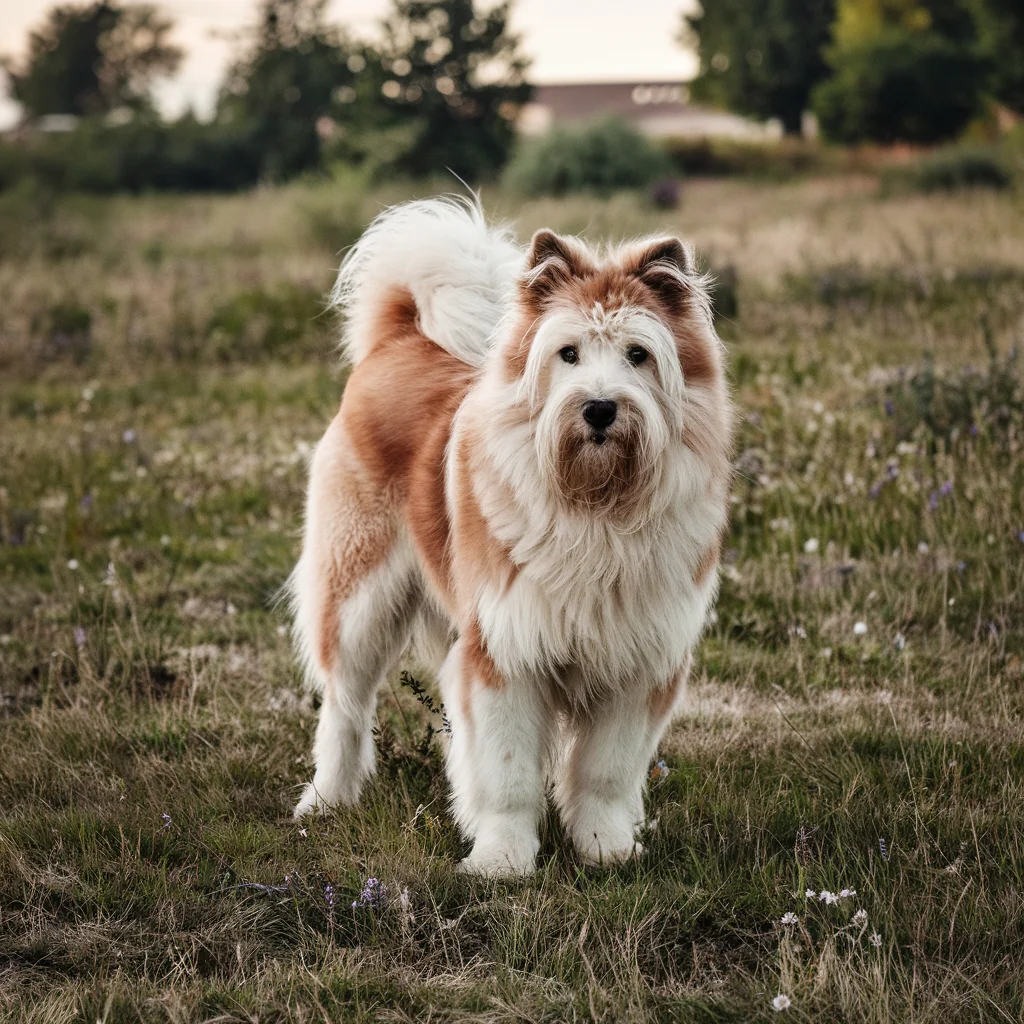
Temperament Around Families
- Anatolian Shepherd: While protective of their family, they can be more standoffish and may not bond as deeply with individual family members. They are typically more reserved.
- Kangal: Known for being highly loyal and often forming strong bonds with their families. They are generally more affectionate than Anatolian Shepherds and will protect their loved ones at all costs.
Trainability and Obedience
Both breeds require early training and socialization, but Kangals tend to be slightly easier to train due to their cooperative nature.
Anatolian Shepherds can be more stubborn, which may require patience and consistency.
Exercise Needs
Both breeds are active and need plenty of space to roam. Kangals, being working dogs, often have higher energy levels and need more exercise compared to Anatolian Shepherds.
A large yard or rural environment is ideal for both breeds, but Kangals may need more mental stimulation to stay happy.
Health Considerations
Both breeds are generally healthy but can suffer from some common health issues.
Common Health Issues
- Anatolian Shepherd: Prone to hip dysplasia, hypothyroidism, and elbow dysplasia. These conditions can affect their mobility and overall quality of life as they age.
- Kangal: While they are also susceptible to hip dysplasia, they are more prone to entropion, a condition where the eyelids fold inward, causing irritation and discomfort.
Dietary Needs
Both breeds require high-quality diets to maintain their health. They thrive on diets rich in protein and healthy fats, with supplements like glucosamine to support joint health, especially as they age.
Lifespan Comparison
The Anatolian Shepherd has an average lifespan of 11-13 years, while the Kangal can live slightly longer, typically 12-15 years. With proper care, exercise, and diet, both breeds can enjoy long, healthy lives.
Which Breed Is Better Suited for You?
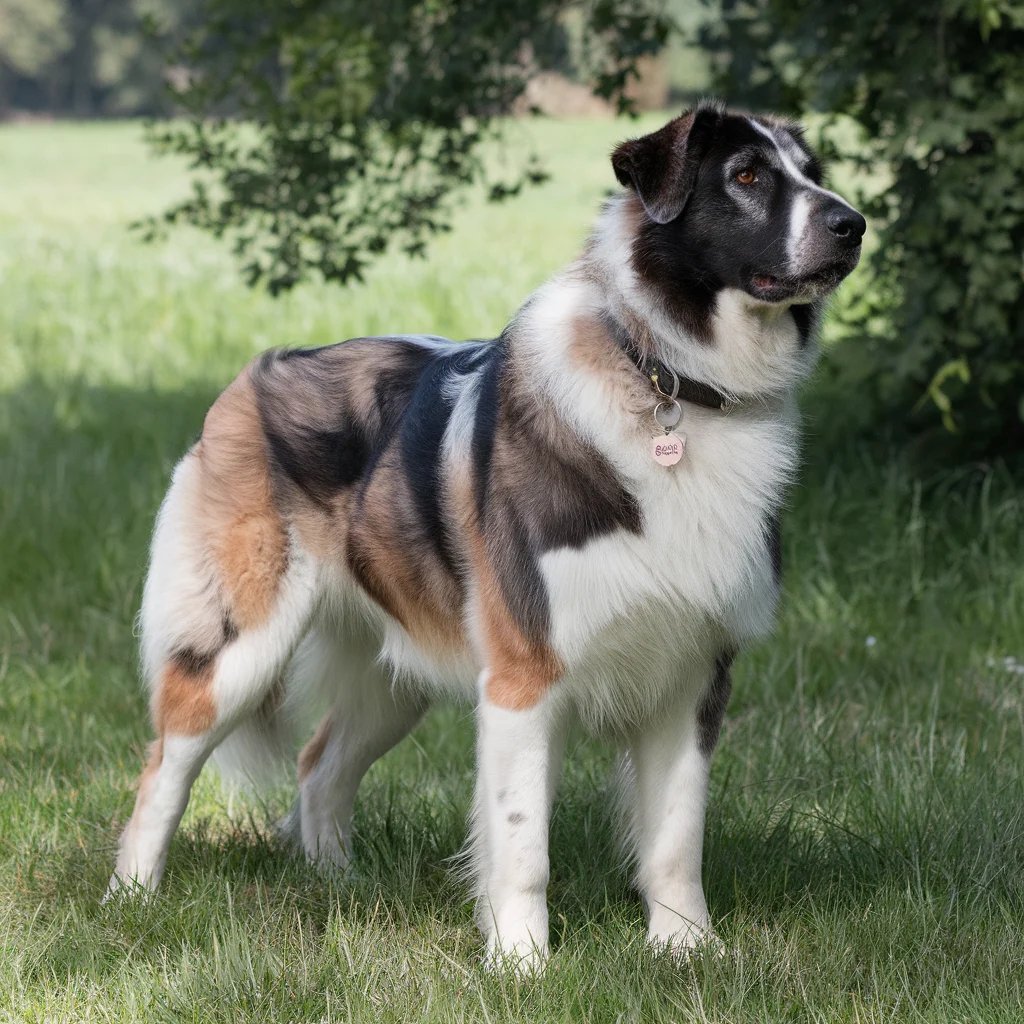
Choosing between an Anatolian Shepherd and a Kangal depends on your lifestyle, needs, and environment.
Living Conditions
Both breeds need plenty of space to roam and are not well-suited to apartment living. They thrive in rural or farm settings where they can fulfill their natural guarding instincts.
If you live in a suburban environment, you’ll need a large, securely fenced yard.
Owner Experience
- Anatolian Shepherds: Require an experienced dog owner who understands their independent nature and can handle their strong-willed personality.
- Kangals: Slightly more forgiving for novice owners, but still require an owner familiar with large, powerful breeds.
Lifestyle Match
If you need a working dog to guard livestock, both breeds excel, but the Kangal may be more consistent in its guarding behavior. For a family companion, the Kangal may also have the edge due to its slightly more affectionate nature.
Conclusion
In the debate of Anatolian Shepherd vs Kangal, the decision ultimately depends on what you’re looking for in a dog. Both breeds are exceptional guardians with rich histories and impressive physical capabilities.
The Anatolian Shepherd offers a broader range of traits and appearances, while the Kangal is more specialized and consistent in temperament.
No matter which breed you choose, you’ll have a loyal, protective companion by your side, ready to defend you and your family.
FAQs
- Are Anatolian Shepherds aggressive?
No, they are protective but not inherently aggressive. Early training and socialization are key. - Can Kangals live in apartments?
Due to their size and energy levels, they are not suited for apartment living. - Which breed is easier to train?
Kangals tend to be more cooperative, but both breeds require experienced training.
